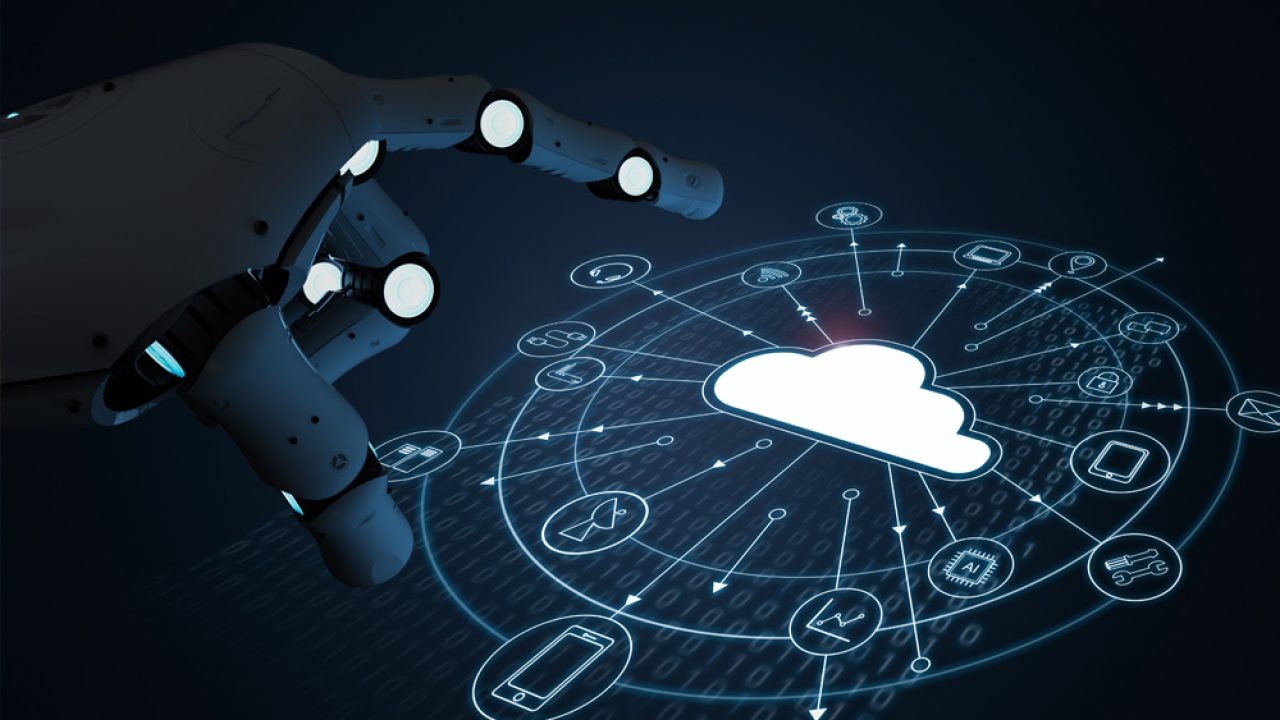The convergence of Web3 technologies with artificial intelligence (AI) and cloud computing is reshaping the digital landscape, introducing decentralized paradigms that challenge traditional models. This integration is fostering innovation, enhancing security, and promoting user autonomy, marking a significant shift in how digital services are developed and consumed.
Understanding Web3 and Its Impact
Web3 represents the third generation of internet services, emphasizing decentralization, blockchain integration, and token-based economics. Unlike its predecessors, Web3 aims to eliminate centralized intermediaries, granting users greater control over their data and digital interactions. This shift is particularly impactful in the realms of AI and cloud computing, where centralized control has traditionally dominated.
Decentralizing AI Development
Traditional AI development has been largely confined to well-funded entities capable of supporting the substantial computational resources required for training and deploying AI models. Web3 disrupts this model by introducing decentralized networks that distribute computational tasks across a global array of nodes. Platforms like DeepBrain Chain exemplify this approach, offering decentralized GPU computing networks that provide scalable solutions for AI training and inference.
This decentralization democratizes access to AI development resources, enabling startups and individual developers to participate in AI innovation without the need for significant capital investment. By leveraging blockchain technology, these platforms ensure transparency, security, and equitable resource distribution, fostering a more inclusive AI development ecosystem.
Transforming Cloud Computing with Web3
Cloud computing has revolutionized data storage and processing, but it often relies on centralized data centers, raising concerns about data privacy, security, and single points of failure. Web3 addresses these issues by introducing decentralized cloud computing models that distribute data and computational tasks across a network of nodes, enhancing resilience and reducing dependency on centralized entities.
Companies like Cloudnet AI are at the forefront of this transformation, merging advanced cloud computing capabilities with decentralized, user-centric principles of Web3. By employing AI and machine learning, Cloudnet AI enhances efficiency and security, democratizing access to powerful computing resources and enabling innovation across various sectors without the high costs associated with traditional infrastructure.
Enhancing Data Security and User Privacy
The integration of Web3 with AI and cloud computing introduces robust security frameworks inherent to blockchain technology. Decentralized networks reduce the risk of data breaches and unauthorized access, as data is distributed across multiple nodes with cryptographic security measures. This architecture empowers users with greater control over their personal information, aligning with growing demands for data privacy and protection in the digital age.
Challenges and Considerations
Despite the promising prospects, the fusion of Web3 with AI and cloud computing presents challenges that require careful consideration:
- Scalability: Ensuring that decentralized networks can handle large-scale AI and cloud computing tasks efficiently remains a critical concern.
- Interoperability: Facilitating seamless interaction between decentralized and traditional centralized systems is essential for widespread adoption.
- Regulatory Compliance: Navigating the complex landscape of regulations governing data privacy, security, and digital transactions necessitates ongoing attention.
Future Outlook
As we advance, the integration of Web3 with AI and cloud computing is poised to redefine digital ecosystems. The shift towards decentralization promises to enhance innovation, security, and user empowerment, challenging existing paradigms and paving the way for a more equitable digital future.
In conclusion, Web3’s disruption of AI and cloud computing signifies a transformative evolution in the digital realm. By embracing decentralization, these technologies are set to create more resilient, secure, and user-centric digital infrastructures, heralding a new era of technological advancement.


